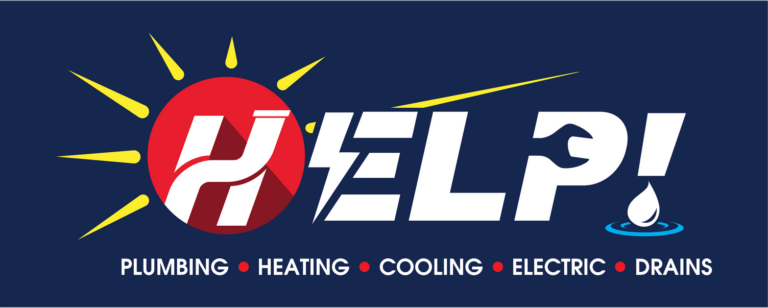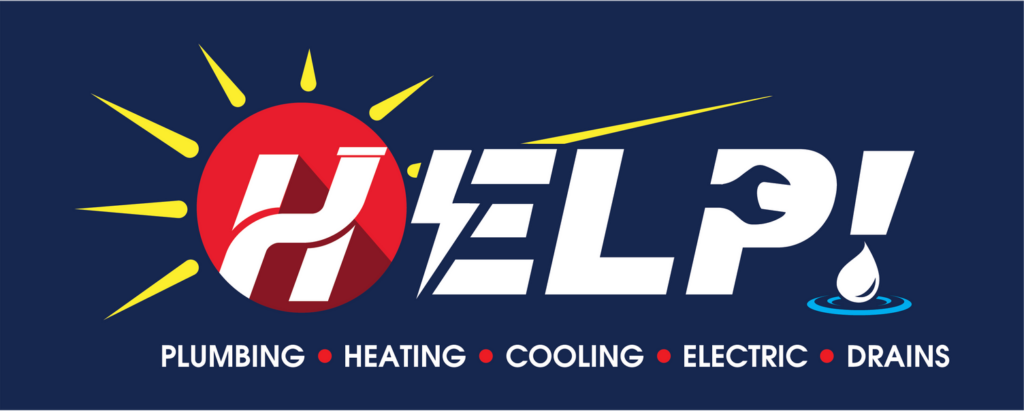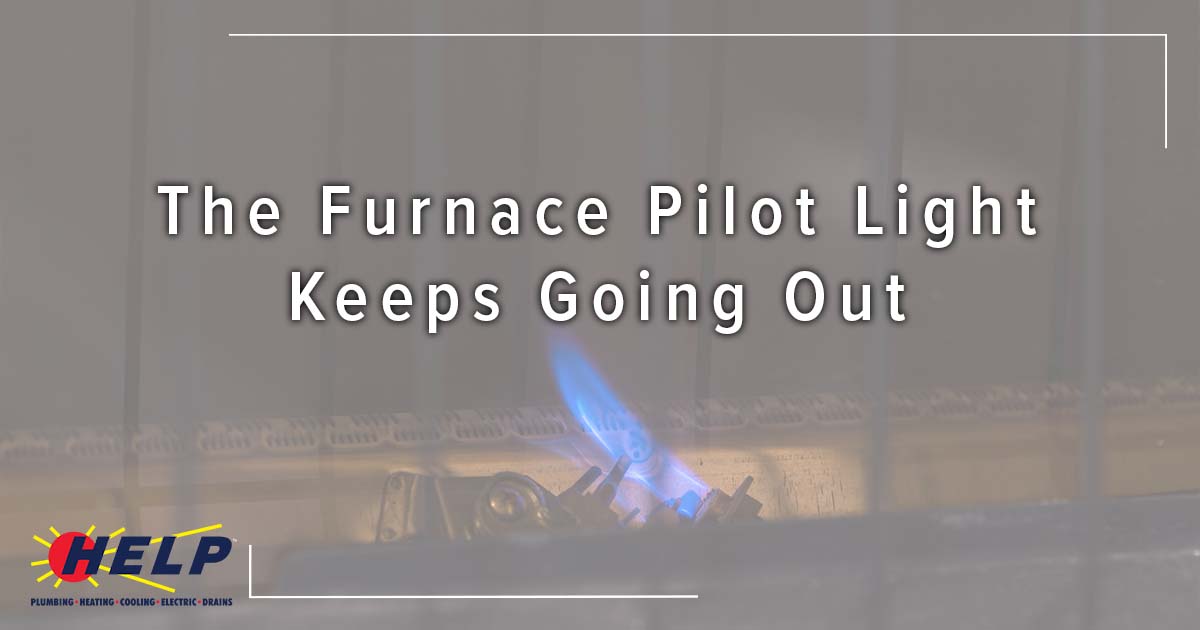
When the pilot light goes out on your furnace, your home won’t have heat until it’s relit. And if it continues to go out, well, it’s time to start finding out why.
Here we’ll discuss what a pilot light is, common reasons it could be going out, and how to relight it.
What is a Pilot Light
If you peer into your furnace, it’s the small flame burning inside the combustion chamber. The pilot light is the ignition source for the burners which produce the heat channeled into your home on a cold day. This flame burns constantly, unless it happens to go out for one of the following reasons.
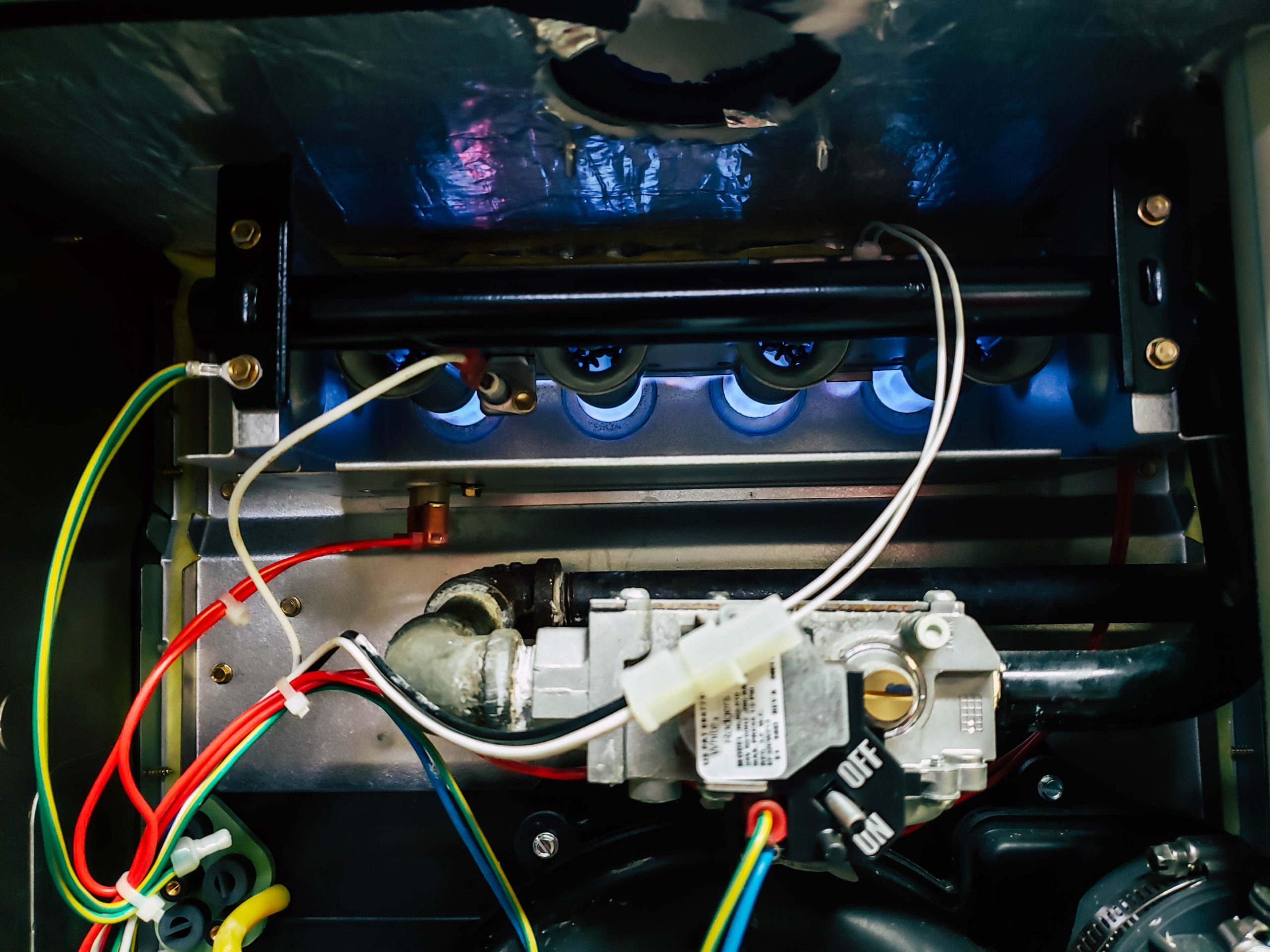
Reasons Pilot Light Keeps Going Out
Pilot Light is Dirty
The flame forms in the pilot opening or pilot orifice; this opening controls the gas flow to the flame. Even the smallest piece of ash, dirt, or soot can block the gas flow and cause the flame to extinguish. To clean, disassemble the part and use compressed air to blow out the interfering debris.
Thermocouple Fails
- Burned out: The expansion and contraction cycle causes slow but steady wear for the thermocouple until it eventually burns out or breaks.
- Dirty: Like the pilot orifice, ash, dust, dirt, and other debris can settle on the thermocouple and interfere with its ability to sense the lit pilot light.
- Out of place: To properly work, the pilot light flame needs to fully engulf the thermocouple — even a slight misalignment can cause the gas flow to stop.
Drafty Basement or Attic
While most flames need air to stay lit, the pilot light doesn’t need air because it has a gas flow. But drafty spaces, such as attics or basements, often leak enough air to blow out the flame. If your furnace is located in one of these rooms, periodically check the room for drafts or other air leaks and repair as soon as possible.

How to Re-Light Pilot Light
Although most pilot lights can be relit with the same steps, it’s best to reference the owners’ manual for your specific make and model of furnace.
Check the Manual
The owner’s manual that came with your furnace will have specific instructions for your make and model. If you can’t find the manual, check the manufacturer’s website.
Turn off the Gas
Disconnect the furnace’s power source then turn off the gas supply. Wait at least five minutes for the remaining ambient gas to dissipate before starting the next step.
Reset the Gas and Light the Pilot Light
Turn the gas supply back on and look for a dial with a ‘pilot’ setting; move the dial to pilot to allow gas to the pilot opening. Locate, press, and release the reset button before using a long lighter to light the pilot. Don’t use a cigarette lighter or a match as your hand will be too close to the flame.
Pilot Light Safety and Maintenance Tips
Schedule Routine Tune-Ups and Maintenance
No matter if you just installed your gas furnace, or it’s operated effectively for years, you need to schedule regular furnace maintenance. Most homeowners make this appointment before the furnace is needed during the colder months. During this check and tune-up, an HVAC professional works their way through an extensive checklist to ensure the furnace works effectively and safely. The checklist includes items such as:
- Looking at the vent system then removing debris and making repairs if necessary
- Checking the heat exchanger for damage — the heat exchanger is where carbon monoxide forms
- Making sure the electrical connections work properly
- Checking and testing all safety controls and sensors for proper function
Make sure to Change Your Air Filter
Same as the air filter for your air conditioner, the furnace air filter stops dust, dirt, fur, hair, and other tiny debris from entering the furnace where it could coat parts and sensors, impeding the unit’s function. Remember to change the filter every two to three months for efficient heat production and better indoor air quality.
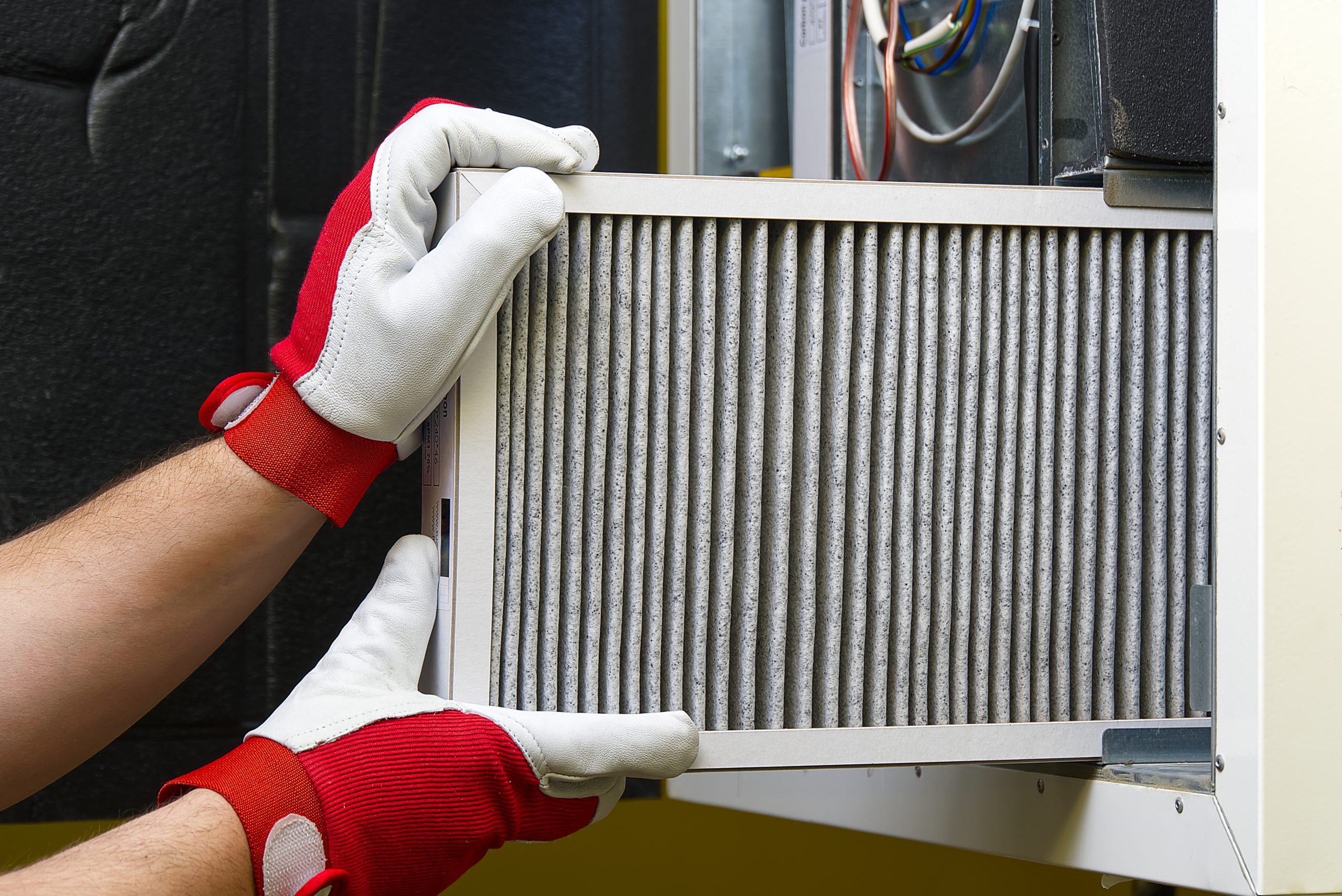
Place Carbon Monoxide Detectors in Bedrooms
Any gas-burning furnace produces carbon monoxide (CO) as a byproduct of the combustion process. When the heat exchanger works properly, it sends heat into your home and CO and other toxic gasses outdoors through a flue pipe. Because CO is odorless and tasteless, many people don’t realize there’s a leak until it’s a medical emergency.

That’s why it’s recommended to keep CO detectors in bedrooms and every used room in the home. Change the batteries twice a year, such as when you change the clocks. Periodically test the detectors and discard and replace any that don’t beep or sound when tested.
If your furnace pilot light goes out, it’s relatively easy to relight, and if it continues to go out, contact an HVAC professional to troubleshoot the issue. Call HELP today with your HVAC questions.

